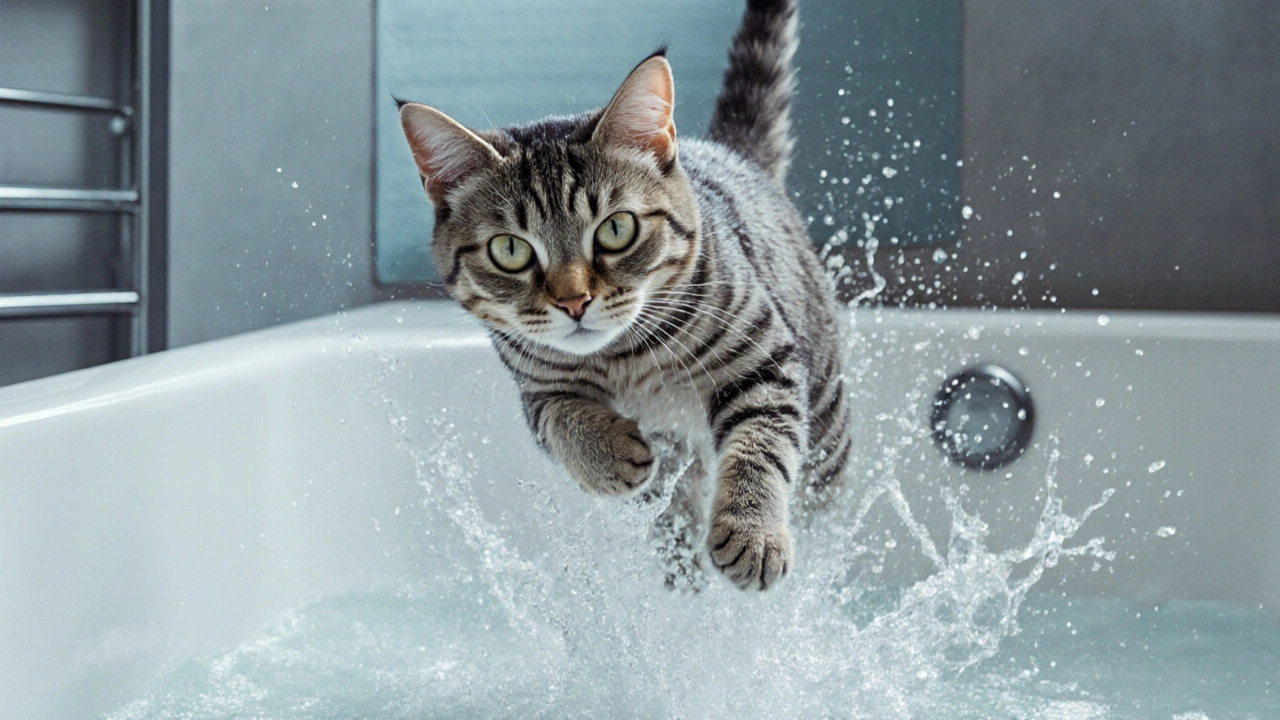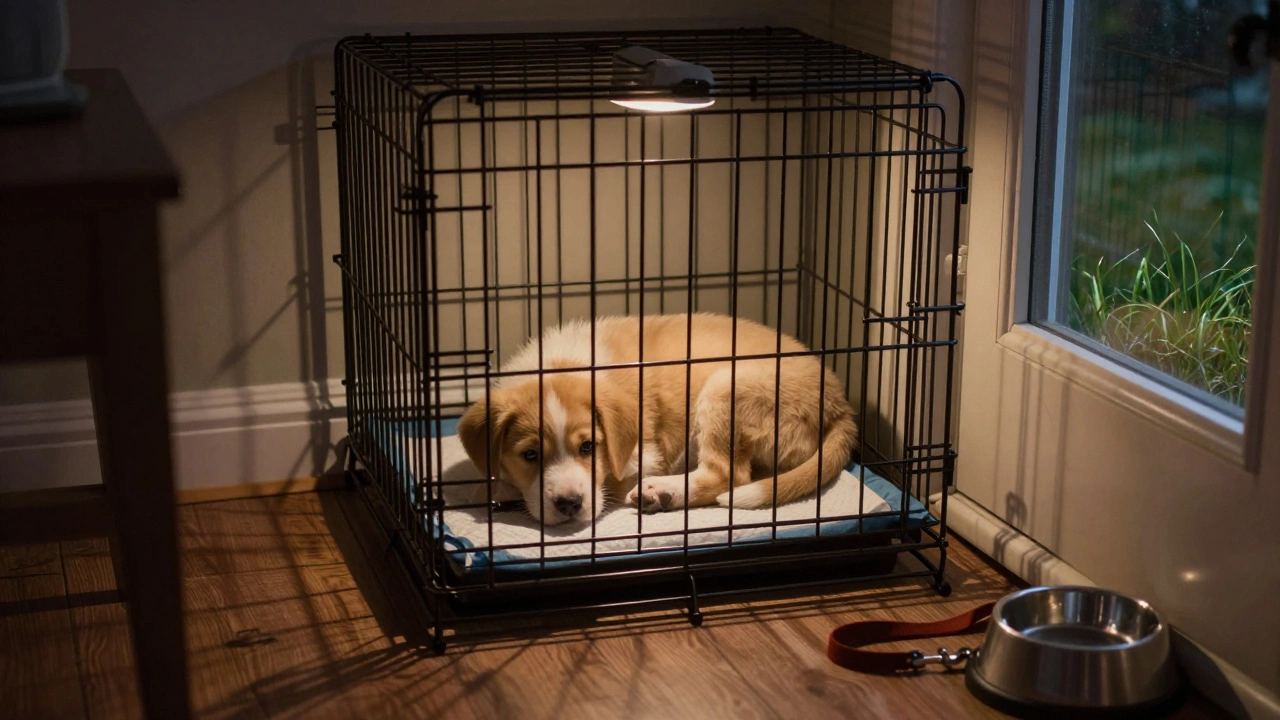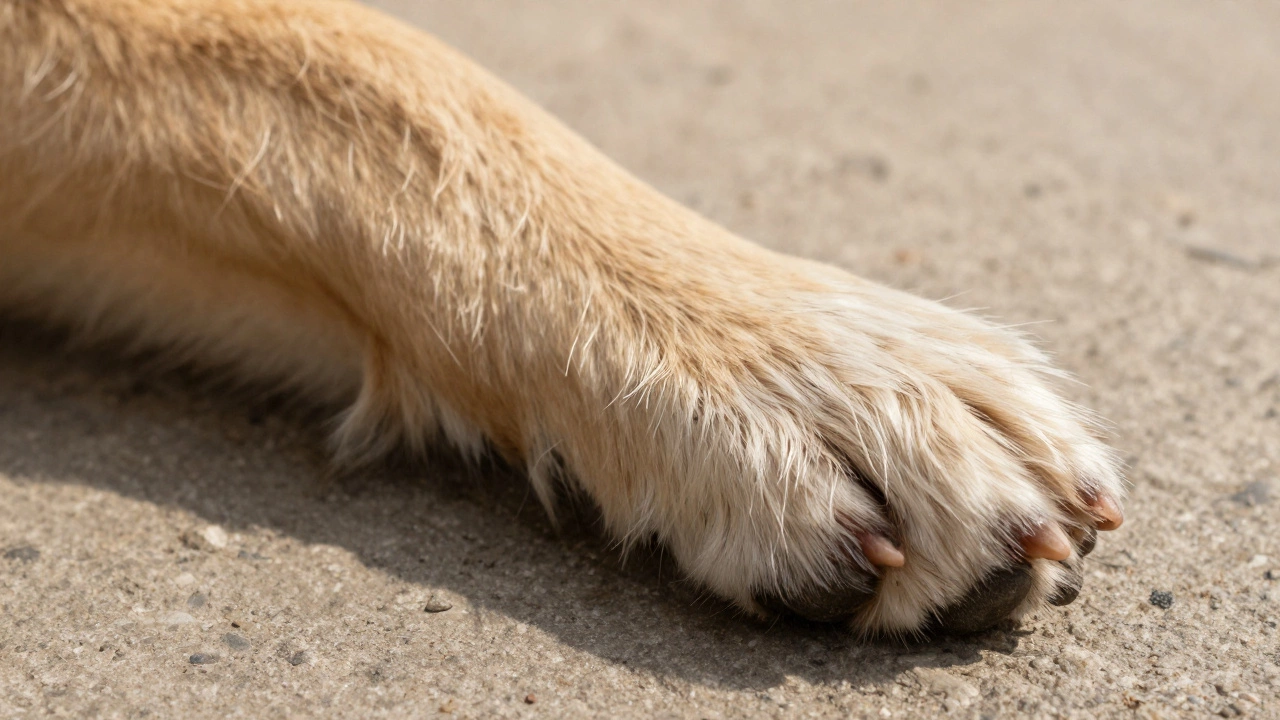Cat Stress: How to Spot, Soothe, and Prevent Feline Anxiety
When dealing with Cat Stress, a state of tension or fear that shows up as hiding, over‑grooming, sudden aggression, or loss of appetite. Also known as feline anxiety, it can ripple through a cat’s health, sleep, and playfulness. Most owners notice the change first – a quiet cat suddenly erupts at the sound of a doorbell, or a usually tidy fur coat turns into a shredded mess. These signals are the cat’s way of saying something in its world feels unsafe or overwhelming. The root causes range from a new pet or baby in the house, to loud noises, cramped litter boxes, or a lack of predictable routine. Recognising the pattern early saves you from bigger behavior problems later, like inappropriate scratching or persistent urinary issues.
Simple Ways to Lower Cat Stress
Effective Environmental Enrichment, provides toys, climbing posts, puzzle feeders, and varied scents that let cats explore and control their space is the first line of defense. A tall cat tree near a sunny window gives a safe lookout, while a rotating toy keeps the mind busy during a thunderstorm. cat stress often drops when the environment feels larger and more interesting. Another powerful tool is Calming Aids, products such as pheromone diffusers, herbal supplements, or low‑dose anxiolytics approved by vets. These items work by mimicking natural soothing signals or gently adjusting neurotransmitters, which helps the cat stay relaxed during a move or a vet visit. Pair them with short, consistent grooming sessions – a gentle brush not only removes loose hair but also triggers oxytocin release, a hormone linked to calmness. When grooming feels routine rather than a chore, the cat learns to associate touch with safety. Feeding habits also play a role. Sudden changes in diet or feeding times can spike anxiety. Offering small, frequent meals or using puzzle feeders turns mealtime into a low‑stress activity. Adding a splash of warm water to dry kibble can make the food more aromatic, helping a worried cat feel more comfortable. Together, these strategies form a three‑point plan: enrich the space, support the nervous system, and build trust through touch and nutrition. Each step tackles a different facet of the stress response, creating a balanced environment where the cat can thrive.
Below you’ll find a curated set of articles that dive deeper into each of these areas. From recognizing the subtle signs of stress during grooming, to choosing the right calming aid, and picking the best food for a relaxed kitty, the posts give practical tips you can try today. Explore the collection and start turning your cat’s stress into confidence, one simple change at a time.
Why You Should Skip Cat Bathing: The Risks and Smarter Alternatives
Learn why regular cat baths can harm your pet and discover low‑stress grooming alternatives that keep fur fresh without the stress.






